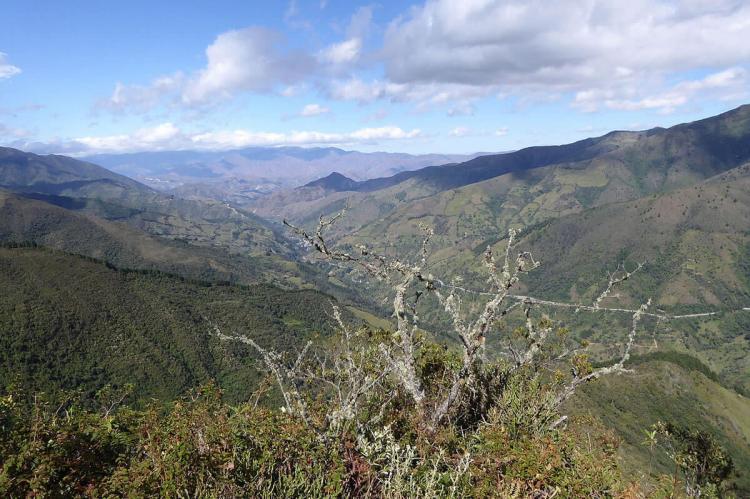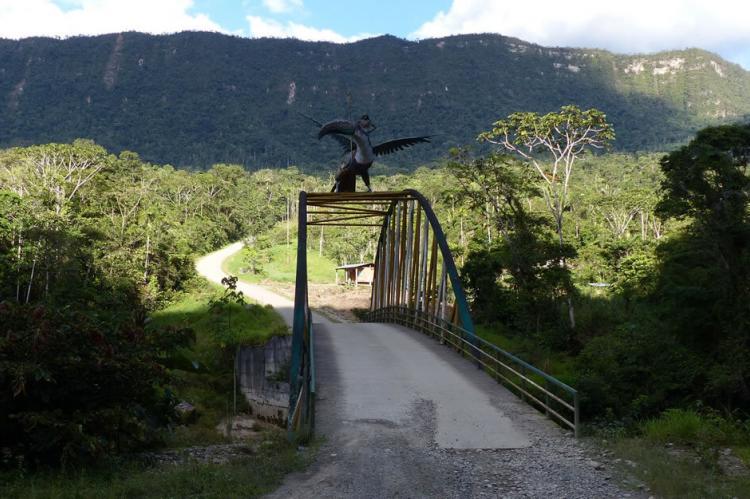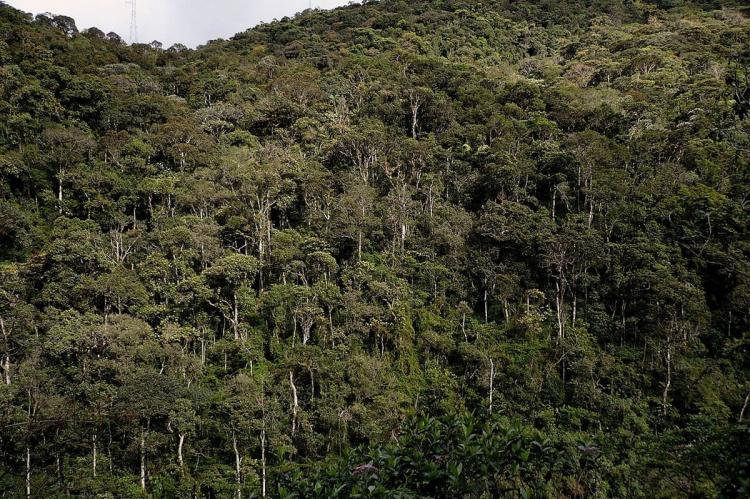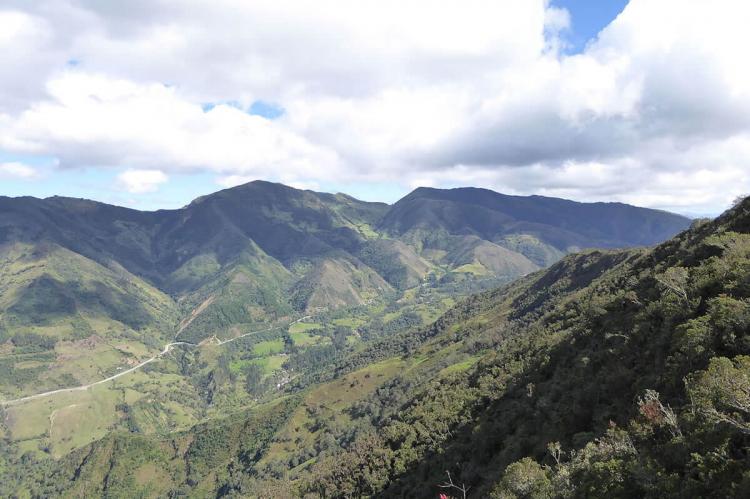The Podocarpus-El Condor Biosphere Reserve: Haven of Biodiversity
Nestled within the Andes of southern Ecuador, the Podocarpus-El Condor Biosphere Reserve spans a vast area that includes the Podocarpus National Park and Yacurí National Park. It is globally recognized for its exceptional biodiversity and unique ecosystems.
Podocarpus-El Condor Biosphere Reserve: A Haven of Biodiversity in Southern Ecuador
Nestled within the Andes of southern Ecuador, the Podocarpus-El Condor Biosphere Reserve spans over 1,050,000 hectares (2,600,000 acres). This reserve, which includes the Podocarpus National Park and Yacurí National Park, is globally recognized for its exceptional biodiversity and unique ecosystems. It stands as a testament to the beauty of nature and the critical importance of conservation.
Ecological Significance
Biodiversity Hotspot
The Podocarpus-El Condor Biosphere Reserve is renowned for its extraordinary biodiversity. It is home to approximately 4,200 plant species, of which over 40% are either endemic or restricted to this area. The flora includes a rich variety of orchids, bromeliads, ferns, and diverse tree species, making the reserve a botanical treasure.
Notable fauna within the reserve include the spectacled bear, mountain tapir, ocelot, and puma. The avian population is equally impressive, with over 800 bird species, including 61 species of hummingbirds and 81 different tanagers. Endemic species like the neblina metaltail and the white-breasted parakeet stand out, highlighting the region's unique avian diversity.
Diverse Ecosystems
Rainfall in the Podocarpus-El Condor Biosphere Reserve varies significantly, ranging from 380 to 8,000 millimeters (15 to 315 inches) annually. This variation has led to the development of 48 distinct ecosystem types. These include the páramos, or high-altitude grasslands, and cloud forests, which are vital as they serve as the sources of four bi-national rivers that supply water to nearly one million people in Ecuador and Peru.
Socio-Economic and Cultural Context
Indigenous Territories and Urban Centers
The reserve is home to indigenous communities such as the Shuar and Saraguro, who have coexisted with the land for generations. Additionally, the region encompasses the cities of Loja and Zamora and centers of religious culture and tourism like El Cisne, Vilcabamba, and Nangaritza.
Population and Livelihoods
Approximately 1,729,000 people live within the reserve, primarily in the transition zones around Loja, Catamayo, and Zamora. The buffer zone is influenced by mestizo cultures of Palta, Saraguro (Quichua), and Shuar origin.
The primary economic activities in the transition zone include cattle ranching for milk and meat, agriculture, artisanal mining, and timber extraction. These activities are essential for the livelihoods of the local populations and are conducted with an emphasis on sustainability to ensure the long-term health of the reserve's ecosystems.
Water Resource Management
The páramos and cloud forests within the reserve play a crucial role in water resource management. These high-altitude regions supply water to almost one million people in Ecuador and Peru. Conservation of these areas is essential to ensure sustainable water availability for ecological and human needs.
Conservation and Sustainable Development
The Podocarpus-El Condor Biosphere Reserve exemplifies the balance between conservation and sustainable development. Efforts to protect its unique biodiversity are complemented by initiatives to promote sustainable livelihoods for local communities. This balance is crucial for the harmonious coexistence of nature and human activities.
Conclusion
The Podocarpus-El Condor Biosphere Reserve is a beacon of biodiversity and a critical area for conservation in southern Ecuador. Its vast array of plant and animal species, diverse ecosystems, and significant socio-economic and cultural contributions make it an invaluable natural treasure. Ongoing conservation efforts ensure that this remarkable reserve will continue to be a source of natural beauty and ecological importance for future generations.



